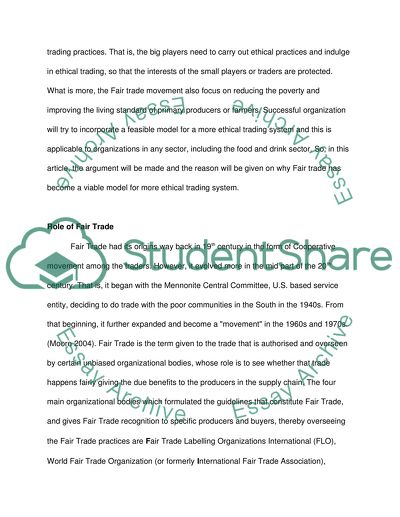Cite this document
(“Does the Fairtrade movement offer a viable model for a more ethical Essay”, n.d.)
Retrieved from https://studentshare.org/environmental-studies/1418762-does-the-fairtrade-movement-offer-a-viable-model
Retrieved from https://studentshare.org/environmental-studies/1418762-does-the-fairtrade-movement-offer-a-viable-model
(Does the Fairtrade Movement Offer a Viable Model for a More Ethical Essay)
https://studentshare.org/environmental-studies/1418762-does-the-fairtrade-movement-offer-a-viable-model.
https://studentshare.org/environmental-studies/1418762-does-the-fairtrade-movement-offer-a-viable-model.
“Does the Fairtrade Movement Offer a Viable Model for a More Ethical Essay”, n.d. https://studentshare.org/environmental-studies/1418762-does-the-fairtrade-movement-offer-a-viable-model.


